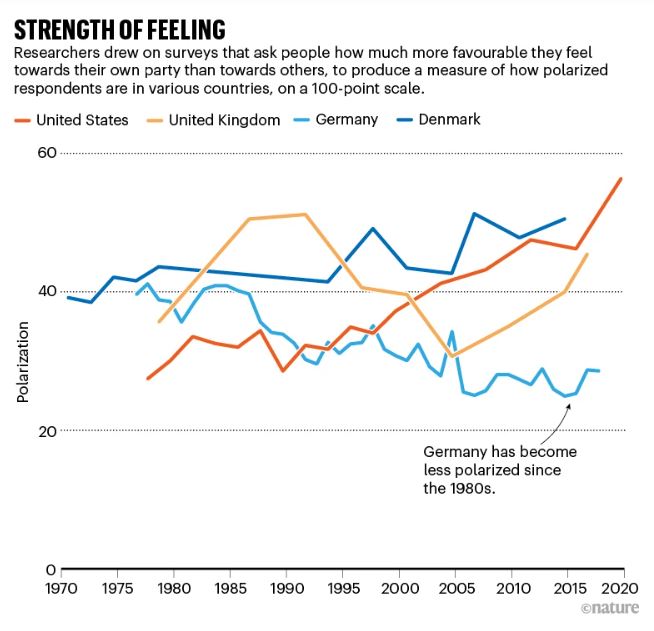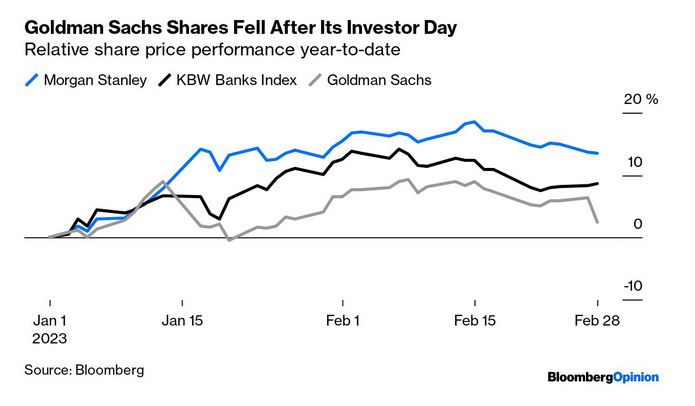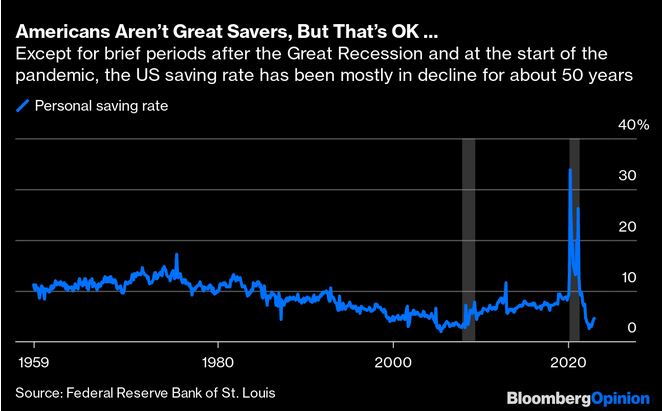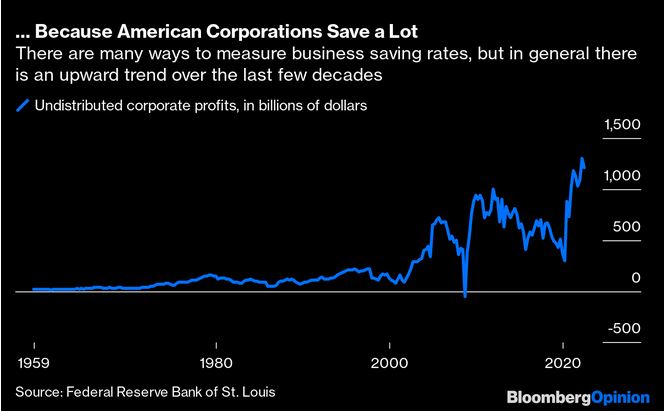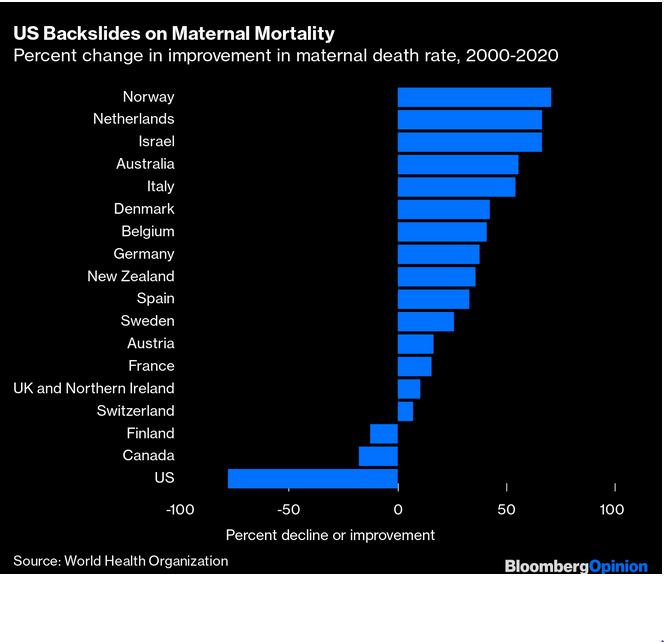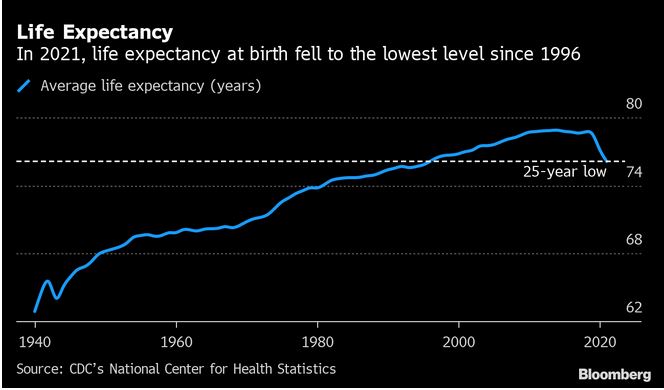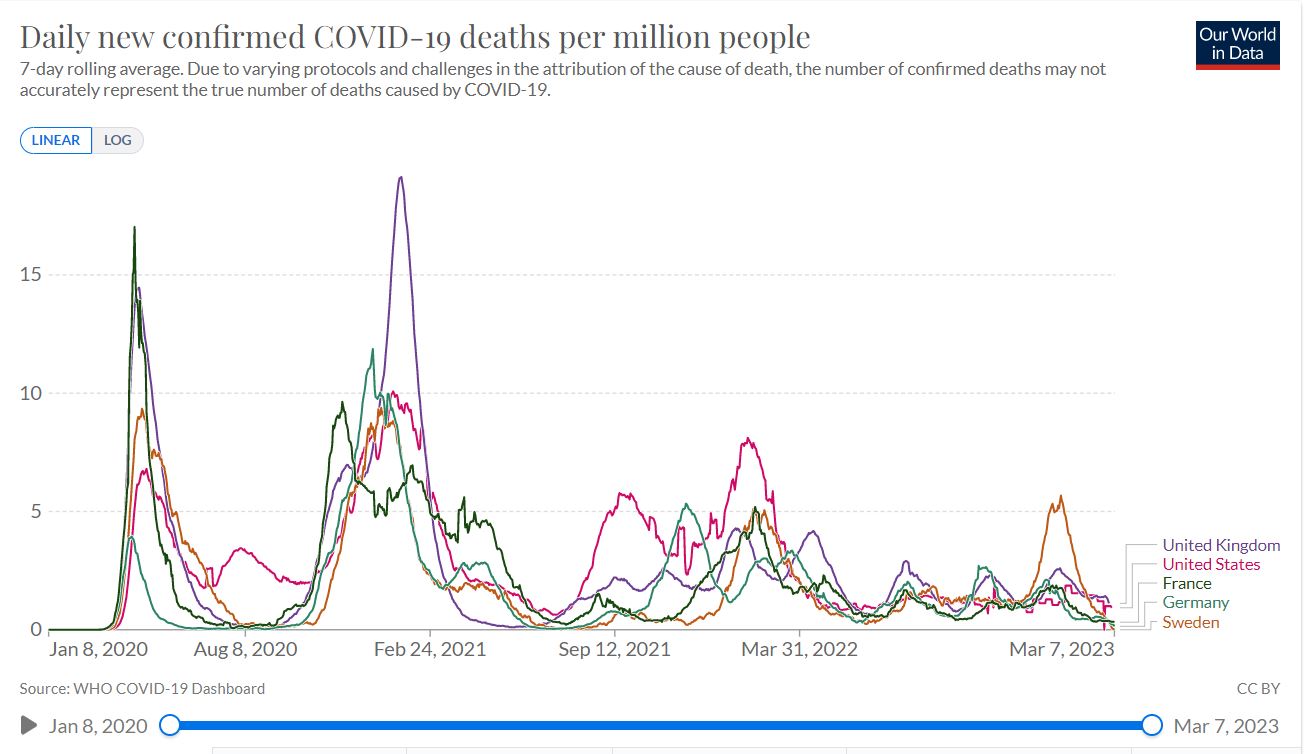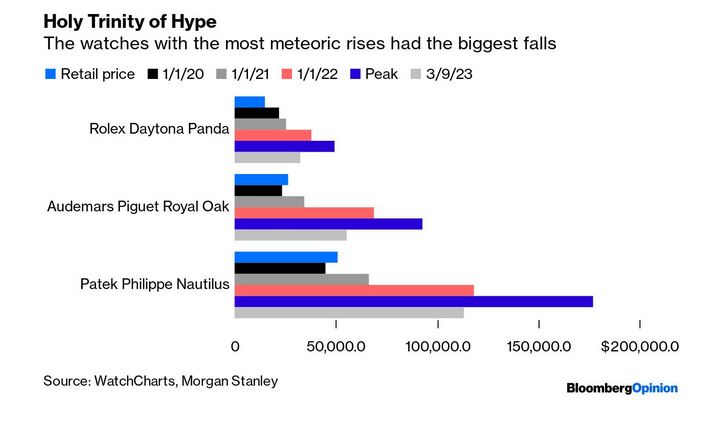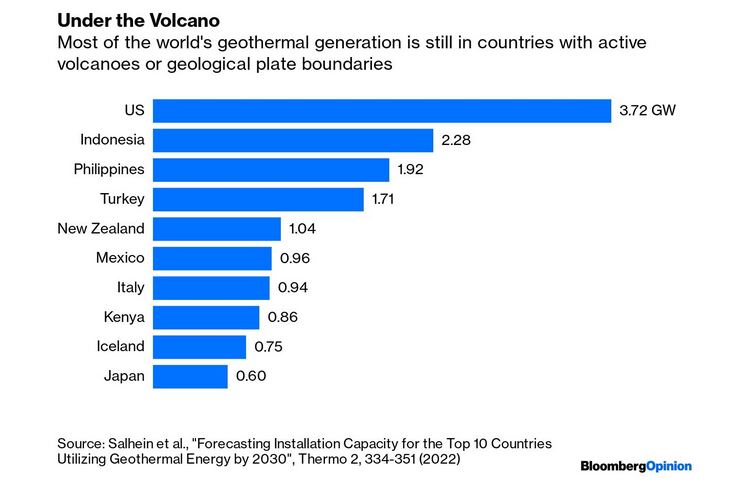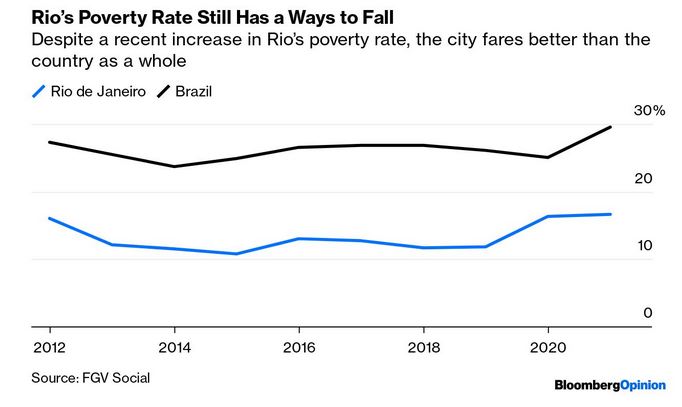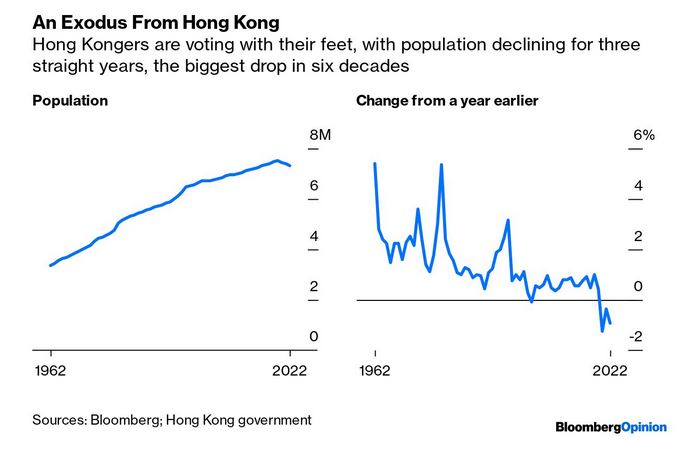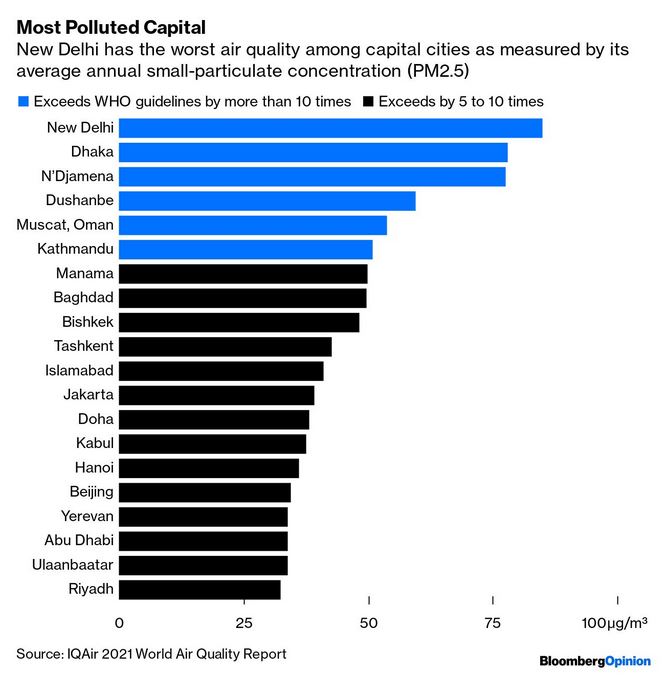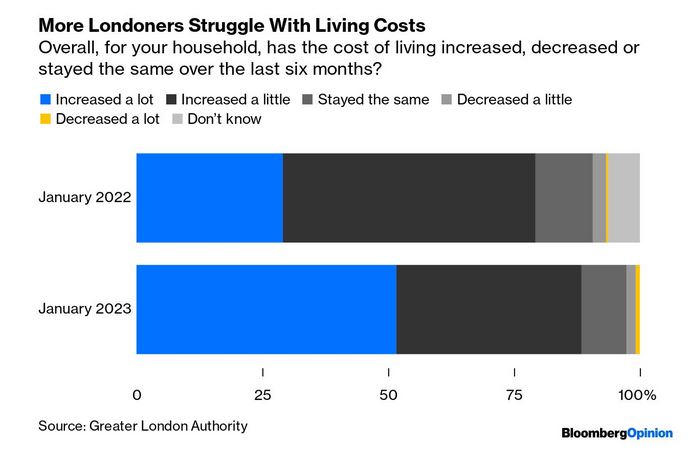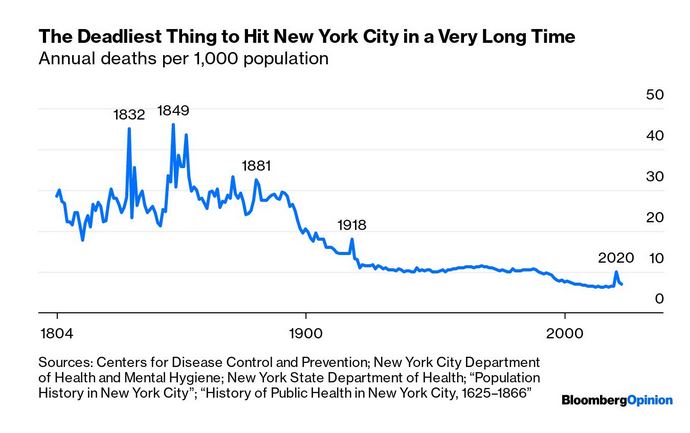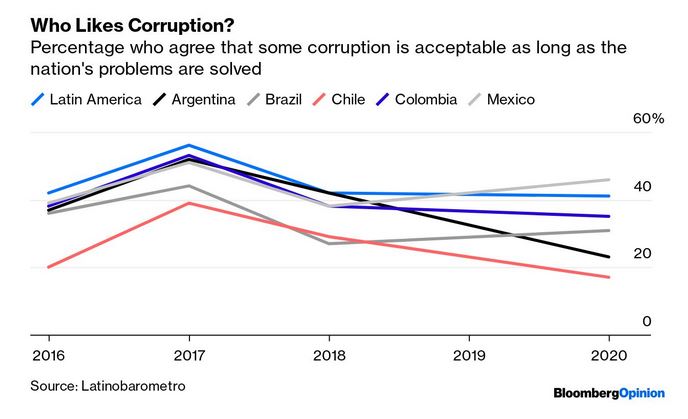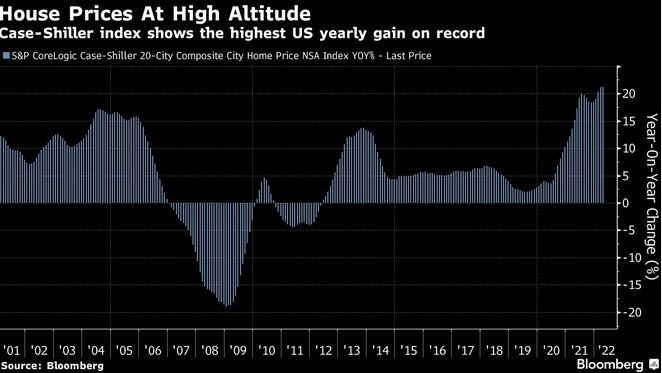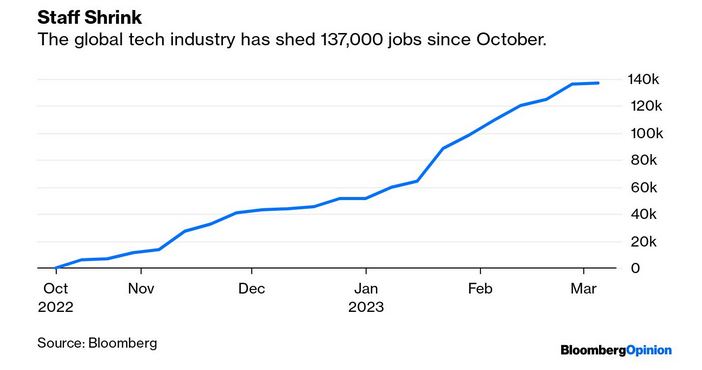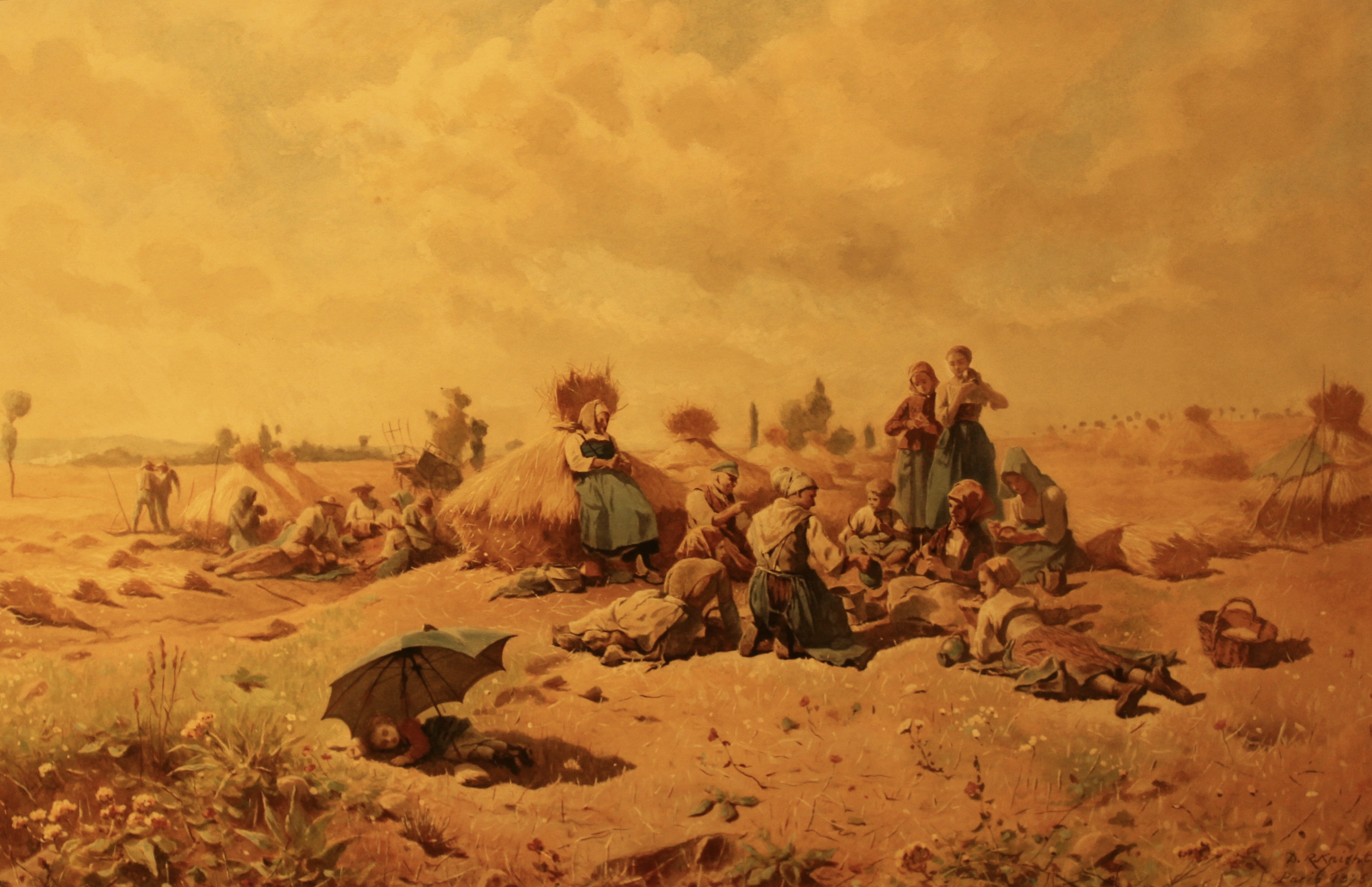|
You
can also view the message online
|
|||||||||||||||||||||||||||||||||||||||||||||||||||||||||||||||||||||||||||||||||||||||||||||||||||||||||||||
 Châtenay-Malabry (FR - 92290), 13 March, 2023 EFITA newsletter / 1066 - European Federation for Information Technology in Agriculture, Food and the Environment The informatique-agricole.org site offers you the possibility of subscribing the RSS feeds of its two newsletters See RSS feeds to implement to ensure that you continue to receive this newsletter To unsubscribe this newsletter, please contact me directely: guy.waksman(a)laposte.net if this link Unsubscribe does not work. 
To correspond with me (GW), please use this address: guy.waksman(a)laposte.net To subscribe the efita newsletter (please ask your friends and colleagues to test this link) Efita Newsletters subscription Avant l'informatique / Before computers Weekly newsletters about ICT in Agriculture in English and French Both newsletters have around 5000 subscribers. >>> Last weekly EFITA Newsletters in English (created in 1999) Efita Newsletters >>> Last weekly AFIA Newsletters in French (created more than 20 years ago in 1997) Afia Newsletters >>> Statistics for the latest efita newsletter >>> Last issue of the afia newsletter >>> Last available satistics for the afia newsletter Normandy Maid by Daniel Ridgway Knight (1839 in Philadelphia – 1924 in Paris)
International Women's Day (IWD): Mae Jemison (1956-), the first Black woman to go into space, by Anne Marie Conlon See newscientist.com International Women's Day (IWD): Anne McLaren (1927 - 2007), scientist whose research lead to the development of IVF (in-vitro fertilisation), by Michael Marshall See newscientist.com International Women's Day (IWD): Ada Lovelace (1815 – 1852), mathematician famous for writing the first computer program, by Anna Demming See newscientist.com A Moment Of Rest by Daniel Ridgway Knight (1839 in Philadelphia – 1924 in Paris)
How did we see the future yesterday?? See the incredible collection developed by Alain Fraval FutureFarming.com > An autonomous machine in the vineyard: ‘It never goes quite how you expect’ Oxin is a fully autonomous multitasking machine for safe, efficient, and sustainable vineyards and orchards. The Oxin utilises its implement stack to precisely control up to three implements at once. A single person can operate a fleet of remote machines. Kate Lattey, Transformation Director at Pernod Ricard Winemakers, tells Future Farming that working with the Oxin has been a amibitious project, and a real journey. > Harxon Launched New GNSS Antenna for Small Robots Harxon embedded full-band GNSS antenna HX-CUX014A is a high gain, low profile and compact active antenna that provides reliable and consistent positioning service for high dynamic applications like UAV, small robot and autonomous vehicle. It features new structure, small size, high sensitivity and low power consumption. > Field robots: SwarmFarm to launch its SwarmBot technology in North America this year Australian company SwarmFarm Robotics will use new funding to launch its technology in North America this year and expand its SwarmBot platform with new applications. > Autonomous tractors: Sabanto delivers autonomous tractors to United States Space Force Sabanto will deliver of two autonomous tractors to the 45th Civil Engineer Squadron at Patrick Space Force Base, Florida. These units will aid the grounds maintenance measures around the base. > Auto-steer: FJ Dynamics GPS auto-steer: precision at a bargain price? FJ Dynamics offers relatively cheap GPS auto-steer systems. In the Netherlands a complete kit can be bought for less than €6,000 (6,300 USD). How does it perform, and how easy is it to install such a system? > Autonomy: How a new breed of contractors accelerates the adoption of autonomy in agriculture Contractors can help speed up the adoption of autonomy in agriculture, such as field robots and other autonomous vehicles. > Your autosteer retrofit kit in our buyers’ guide? With its buyers’ guides, Future Farming aims to offer a complete overview of technologies available to farmers worldwide. Such as autosteer retrofit kits of which we currently have 16 alternatives listed. Is your system the 17th? The Fisherman’s Daughter by Daniel Ridgway Knight (1839 in Philadelphia – 1924 in Paris)
Global economic inequality: what matters most for your living conditions is not who you are, but where you are What is most important for how healthy, wealthy, and educated you are? Your knowledge and how hard you work do matter — but they matter much less than the one factor that is outside anyone’s control: whether you happen to be born into a productive, industrialized economy or not. The huge majority of the world is very poor: almost 4 billion people live on less than $6.70 a day. If you live on $30 a day, you are part of the richest 15% of the world. In this article, we show how vast global income inequality is, and how much it matters for people’s living conditions. We also describe the importance of economic growth and redistribution for reducing inequality and improving living conditions
FutureFarming.com (next) > Spraying Technology: Ecorobotix ARA precision sprayer succesfully treats sugar beets with biocontrol products The EU-funded agROBOfood project has supported the Biospray Industrial Challenge project to adapt Ecorobotix's ultra-high precision spraying technology to meet the needs of biocontrol applications. > Autonomous tractors: Your autonomous tractor or autonomous retrofit kit in our buyers’guide? Are you selling autonomous tractors or technology - kits - to upgrade an existing tractor to an autonomous tractor? Then we want to include you in our buyers’ guides! > Autosteer: Topcon Transplanting Control to increase crop production Topcon Agriculture has introduced Transplanting Control, a turnkey solution which provides global navigation satellite system (GNSS) based guidance, autosteering and control, targeted to producers of permanent and perennial trees, fruits and vegetable crops. > Display: John Deere precision ag tech faster with new modems and G5 displays For 2023, John Deere precision ag technology gets an update with a new G5 display family and the new JD Link modems. > Autonomous retrofit kits / Video : Bluewhite’s autonomous retrofit kit gives growers freedom With Bluewhite's retrofit kit a regular tractor turns into an autonomous tractor, regardless of make or model. We interviewed Yanir Ariav, Customer Success Director at Bluewhite, about the company's vision and why independence is key. See futurefarming.com The Harvesters Resting by Daniel Ridgway Knight (1839 in Philadelphia – 1924 in Paris)
Agrifoodtech funding drops 44% YoY to $29.6bn but climate tech categories post gains, AFN, by Louisa Burwood-Taylor There’s no denying the second half of 2022 was terrible for venture capital, and agrifoodtech was no exception. Funding to foodtech and agtech (agrifoodtech) startups reached $29.6 billion in 2022, down 44% year-over-year (YoY), according to a new report from food, agriculture, and climate-tech venture capital firm AgFunder, in collaboration with global ecosystem partner Temasek. But the sector posted gains in climate tech categories such as indoor agriculture, bioenergy & biomaterials and precision agriculture. Cheap money and increasingly outlandish tech valuations drove 2021’s record-breaking $51.7 billion in agrifoodtech funding. Then, in the wake of war, inflation, and continued supply chain disruptions, the market came crashing down in 2022. A glance at the below chart shows just how wild the ride has been over the past two years. But many of the world’s current macro challenges – from soaring inflation to food insecurity to labor shortages – are driving more interest in agrifoodtech as a solution, particularly in its climate-tech-related categories. .../... Four categories related to climate tech and efficiency experienced an increase in funding: - Bioenergy & Biomaterials funding increased to $2.3bn, up 15% from 2021. This highlights the growing momentum for novel alternatives to plastics and animal-based materials as well as clean energy sources. - Ag Biotech funding increased to $2.7bn versus $2.5bn in 2021 and was almost flat by number of deals, down just six to 216 (meaning it was not outlier driven). - Novel Farming Systems funding increased 21% YoY to $2.85bn with the number of deals remaining flat year-over-year with significant deals across both insect and crop-based systems. - Farm Management Software, Sensing & IoT funding increased $430m to $1.7 billion, albeit with a decline in deal activity, hinting at some large deals. .../... See agfundernews.com
What is “the next big thing” for agtech? AFN, by guest contributor: Seana Day, March 8, 2023 .../... >>> What is at stake in the next decade? - The aggregation of trillions of data points is leading to an unprecedented understanding of risk, pricing, and value but the development of a skilled workforce to provide context and insight continues to lag, even current demand - A rapidly aging professional and office workforce for which little has been done to transfer knowledge The cost and complexity of maintaining legacy systems and technical debt will continue to stymie progress - Siloed data across ag value chains will continue to lead to limited visibility into cost drivers and missed revenue opportunities. How are we going to unlock the digital solutions to meet ag’s challenges and upend value pools? - To address ag’s complexities: investment in vertical software designed for food and ag-specific data sets (and integrates seamlessly with horizontal financial reporting software). This also means it is fundamental to overcome adoption barriers by providing consumer-quality UX/UI, as well as interoperability. - To address the talent pipelines: S.T.E.M. (Science, Technology, Engineering et Mathematics) and business programs and certifications for ag-specific finance, HR, machine mechanics/robotics, IT management, data analysis skills. It should be noted many strong public-private partnerships across the country have emerged to advance local and regional programs that are more responsive but we need to start moving from talking to doing. - To address the change management that is required: a more nuanced approach to organizational design in ag and agribusiness. Business as usual will struggle to survive this generational transfer. - To address the ecosystem: better alignment of training and business models between agtech start-ups and channel partners. A shift from transactional relationships to collaborative where the partners can use tech to create value in their own businesses, not just as a means to get tech to the farmer. .../... See agfundernews.com Meet the founder: Henry Duckworth on Agridex streamlining ag value chains with blockchain technology, AFN, by Lucy Ngige Blockchain, as IBM puts it, is a sharable and immutable ledger, that tracks all manner of data, including financial transactions, and can only be accessed by authorized members of a network with whom the ledger is shared. Its advantages span traceability, secure data storage, decentralization to cut out middlemen, and enabling direct peer-to-peer transactions – and what better place to bring this tech than in agricultural marketplaces? UK’s Agridex, founded in 2020 by Svetlana Fialova and Henry Duckworth, is bringing transparency and accessibility to players along the ag value chain, from farmers to processors, logistics companies, financial institutions, and consumers. The platform, which runs on blockchain, is an end-to-end supply chain platform and marketplace that facilitates trading with electronic coins. It claims to offer players in the agriculture industry a transparent and integrated marketplace with its own internal economics, utilizing Fiat-on-Chain, smart contracts, and participation vetting, AgriDex offers a wholly compliant, streamlined solution to agricultural supply chain management. AFN caught up with Duckworth, a former trader at Trafigura. He moved on to impact investing under a number of hedge funds which thrust him into the Europe, Middle East and Africa (EMEA) region where he admittedly came to see the realities of food insecurity. “This sparked a strong interest in financing and assisting the growth of ag companies in the emerging world, starting in west Africa and south Asia, before expanding across multiple emergent regions, ” he says. Years in the industry exposed him to how ag supply chains were susceptible to exploitation and this was costly to ag players, especially smallholder farmers. Besides his passion for entrepreneurship, Duckworth (HD) positions connectivity and blockchain as solutions to streamlining ag value chains while addressing skepticism surrounding digital tokens. .../... See agfundernews.com Wash Day by Daniel Ridgway Knight (1839 in Philadelphia – 1924 in Paris)
How much energy do countries consume when we take offshoring into account? Think about how much energy you use. Some common things come to mind: electricity to keep the lights on; heating to warm your home; the car or bus you might take to get to work. But there’s also the energy needed to produce all the goods we buy. Sometimes these goods are produced in the country we live in — and so that energy is reported in our country’s energy use data. When we buy goods from overseas, however, this energy is included in their accounts. It’s missing from ours. We rarely adjust for the energy embedded in imports when we compare energy use across the world. In this article, we show what happens when we do, and the difference it makes to our energy footprint. https://mcusercontent.com/18058af086319ba6afad752ec/images/7169d326-d0b8-bb97-e5c8-28434f58ae06.png https://ourworldindata.org/energy-offshoring
Texas Crop Science emerges from stealth with high-yield soybeans, AFN, by Lucy Ngige - Crop health and and protection startup Texas Crop Science (TCS) has emerged from stealth mode after nearly a decade of intentionally flying under the agtech radar. - TCS brings two different offerings to the agtech sector: a proprietary platform focused on boosting plant yield traits and one developing bio-chemicals to enhance crop protection. - The company has also announced a partnership with plant genetics company GDM to develop high-yielding soybeans. See agfundernews.com Polarized or not
2022 Africa AgriFoodTech Investment Report In the past five years, early-stage investors have pumped more than $1 billion into African startups innovating for the food and agriculture industry, achieving a record-breaking $482 million in 2021 alone. That was a 250% jump year-over-year, but still represents less than 1% of global agrifoodtech investment. See agfundernews.com Goldman Sachs down
CropX acquires precision irrigation startup Tule, its fourth acquisition, AFN, by Jennifer Marston - Ag analytics company CropX has acquired precision irrigation startup Tule Technologies. - The deal will provide CropX with additional crop data and insights to bake into its farm recommendations platform. - Financial terms of the deal were not disclosed. See agfundernews.com Bunge Announces Increased Monitoring of Soybeans From Its Indirect Supply Chain in Brazil Company is also expanding a partnership with agtech in Brazil that will facilitate the goal of achieving 100% monitoring of Bunge’s indirect soybeans purchases. See globalagtechinitiative.com American are not big savers
But American corporations are saving a lot
Poor US Health System (1)
VISION Conference: Autonomy Is Driving New Partnerships in Agriculture With the value of the autonomous farming sector forecast to reach $95 billion by 2027, the promise of business growth is leading to interesting partnerships and investment agreements. See globalagtechinitiative.com Tech Boom in Agriculture Could Lead to a Net-Zero Economy New technologies like vertical farming enable the ag sector to reduce greenhouse gas emissions and improve efficiency. See globalagtechinitiative.com Poor US Health System (2)
Confirmed Covid-19 deaths per million people (a wrong approach: National administrations are not reliable, for good or bad reasons, the best approach is to take into account the excess of deaths)
Many of the most ardent Malthusians are ecologists. This shouldn't surprise us; ecologists study living things, nearly all of which face real natural limits on their populations. Chimpanzees, for instance, live in a fully Malthusian world, and when resources run out, chimp chaos ensues. The mistake is thinking that we can apply chimp dynamics to human civilization. As intelligent as they are, a chimp has never designed a combine harvester. .../... Goodall makes the same mistake that the Stanford University biologist Paul Ehrlich made when he compared the world of butterflies to the world of human beings. When you destroy people, you destroy all the individual bits of knowledge they possessed. When you limit population, you prevent potential knowledge from being discovered. If Thanos and Goodall understood that resources are not about atoms, but about knowledge, they would see human beings as our most valuable resource. They would see that it is human beings who can solve our problems, because human beings would use their power and influence to create more life, not less. See humanprogress.org New Year, New Government and New Paths for Brazilian Agriculture From greater connectivity to increased sustainability, the future of Brazilian agriculture looks bright, says contributing writer Maurico Netto. See globalagtechinitiative.com Clamming by Daniel Ridgway Knight (1839 in Philadelphia – 1924 in Paris)
Sensor-Based Fertigation Management Research Boosts Efficiency, Profitability For the past four years, UNL researchers have studied the prospects for using SBFM to increase the efficiency and profitability of nitrogen use. See globalagtechinitiative.com Using the Cloud to Connect Farmers to Consumers Serves Opportunities to Both, With a Side of Efficiency Cloud computing technology is moving agriculture beyond on-farm connectivity to data interoperability, from the farmgate all the way to the end consumer. See globalagtechinitiative.com Rolex not that fashionable!
Geothermal generation
EvokeAg 2023: Key Takeaways From Asia Pacific's Premier Agrifood Tech Event Contributing writer Reinder Prins shares his thoughts on the event in Adelaide, South Australia, including the need for a good start-up ecosystem. See globalagtechinitiative.com IoT and Edge: Agritech Companies to Watch From robotics to IoT, drone and edge-cloud platforms, discover the companies transforming agriculture and leading the agritech market with new tech. See globalagtechinitiative.com Silicon Valley Bank down
Rio not too bad
SVG Ventures | THRIVE Launches Global Pioneer Fund and Announces Farm Credit Canada As Lead Investor The Pioneer Fund will be deployed to support global agrifood start-ups developing innovative and sustainable technologies. See globalagtechinitiative.com Purdue Ag-Celerator Fund Invests $100,000 in Pathogen Detection Company OmniVis, which makes hand-held devices to detect pathogens, will use the funding to launch a field pilot. See globalagtechinitiative.com Hong Kong exodus
The Harvesters by Daniel Ridgway Knight (1839 in Philadelphia – 1924 in Paris)
VISION Conference: The Metaverse Offers Ag Many Possibilities VISION Conference speaker Robin Raskin shared how the metaverse could translate to agriculture, from production planning to connecting with consumers. See globalagtechinitiative.com Nominations Open for the 2023 Global Ag Tech Awards Of Excellence Nominate an outstanding individual for one of four Global Ag Tech Awards Of Excellence — North America. See globalagtechinitiative.com
John Deere Operations Center Users Can Now Import SmartApply System Sprayer Data Users can seamlessly flow their SmartApply data into the Operations Center to monitor and manage work, and maximize profits of their farms. See globalagtechinitiative.com Networking Reception at VISION Conference: Fostering New Partnerships and Business Opportunities The networking reception sponsored by Ever.Ag allowed attendees to exchange ideas and build new partnerships, See globalagtechinitiative.com 6 Ways to Protect Agtech From Cybersecurity Threats Hyperconnectivity opens farmers and ranchers up to cyberattacks. Here's how to employ strong cybersecurity measures. See globalagtechinitiative.com The plan to save Italy's dying olive trees with dogs, BBC News A deadly and hard-to-detect disease has been ravaging the treasured olive trees of southern Italy for 10 years. A highly trained squad of super-sniffer dogs could save them. .../... "We need to train dogs to identify Xylella-infected plants regardless of the plant species where it is found," Boscia said. The researchers still do not know if the compounds that the dogs smell come from the roots or from the branches of the tree. They are still uncertain if, with the same training, they'll be able to simultaneously uncover the bacteria in a rosemary or an oleander plant. .../... See bbc.com Polluted capitals
London Expensive households
Covid Impact in New-York
Is some corruption acceptable?
AriZona Iced Tea Has Been 99 Cents in the U.S. for 30 Years, by Gale Pooley In the past 30 years, the tasty beverage has become 145 percent more abundant on a personal level and 256 percent more abundant on a global level. See humanprogress.org
Girl at the Side of the Lake, by Daniel Ridgway Knight (1839 in Philadelphia – 1924 in Paris)
US Tech Industry laying off staff
Farm of the future - Decarbonising farm vehicles and future fuels, paper elected the UEAA “Best Scientific Abstracts Competition” 1. Policy failure to include agriculture in the replacement pathway for red diesel is a major oversight and should be given greater priority by Government. As a fossil fuel, diesel’s time is limited and, like many other industries, agriculture has to figure out what will replace it as the primary fuel for farm vehicles in the next two decades. 2. There are several candidates for farming’s ‘fuel of the future’: electricity, biofuels (as liquid or gas) including on-farm biomethane generation/supply and potentially hydrogen. Wider gas fuel deployment in non-farm vehicles is a priority – in addition to re-thinking farm vehicle design and considering power-to-weight requirements for farm traction. 3. With its higher energy density, gas offers greater potential than electricity for heavy vehicles and machinery. Non-fossil gas fuels are a long-term option for non-road vehicles. To be affordable, low emission fuels should make use of existing engine technology e.g. internal combustion (ICE). This requires Government policy change to boost currently available on-farm fuel technologies such as biomethane and future solutions like hydrogen using on-farm electrolysis. 4. The industry must look beyond increasing farm vehicle size to the use of smaller, more compact, controlled traffic farming systems to prevent soil compaction. Alongside minimum or zero tillage, the role of autonomous and robotic vehicles and machines, along with gantry technology, will increase, running on electric or possibly a hybrid powertrain (e.g. gas and electric). 5. Demonstration is key to farmer adoption and delivering systems change. Field scale trials and on-farm demonstration events for the range of low and zero emission vehicles are an excellent way of encouraging change and should receive external funding support. See Best Ag Scientific Abstract Contact: R. GUETERBOCK E-mail : richard(a)foodchains.co.uk Un deuil by Daniel Ridgway Knight (1839 in Philadelphia – 1924 in Paris)
Climate change: New idea for sucking up CO2 from air shows promise A new way of sucking carbon dioxide from the air and storing it in the sea has been outlined by scientists. The authors say that this novel approach captures CO2 from the atmosphere up to three times more efficiently than current methods. The warming gas can be transformed into bicarbonate of soda and stored safely and cheaply in seawater. The new method could speed up the deployment of carbon removal technology, experts say. While the world has struggled to limit and reduce emissions of carbon dioxide in recent decades, several companies have instead focussed on developing technology to remove CO2 from the atmosphere. .../... See bbc.com Pot au feu (?) by Daniel Ridgway Knight (1839 in Philadelphia – 1924 in Paris)
The Terrifying Rumor In a small village in Poland, a terrifying rumor was spreading: A Christian girl had been found murdered. Fearing retaliation, the Jewish community gathered in the shul (Pronounced: shool (oo as in cool), Origin: Yiddish, synagogue) to plan whatever defensive actions were possible under the circumstances. Just as the emergency meeting was being called to order, in ran the president of the synagogue, out of breath and all excited. “Brothers,” he cried out, “I have wonderful news! The murdered girl is Jewish!”
The creation and host of this efita newsletter is sponsored by Acta Digital Services and its distribution by vitisphere.com Please, contribute to the content of your efita newsletter, and advertise your events, new publications, new products and new project in this newsletter. Without your support, it will not survive! Contact: Guy WAKSMAN E-mail: guy.waksman(a)laposte.net To read this newsletter on our web site See Efita The archives of this newsletter See Efita Do not miss the Virus Jokes in English and French About the EFITA mailing list You can use the efita moderated list (> 15000 subscribers) to announce any event / product / web site / joke (!) related to IT in agriculture, environment, food industry and rural areas. If you want to subscribe a friend, please fill in his form. If you do not wish to receive our messages, please fill in the following form... |










